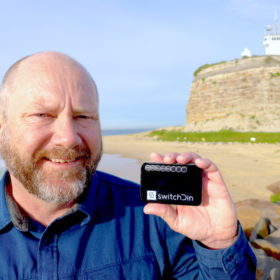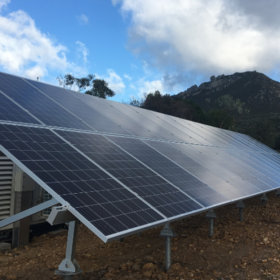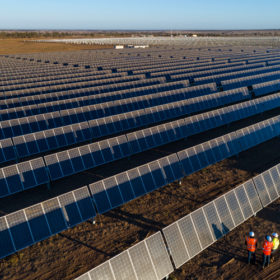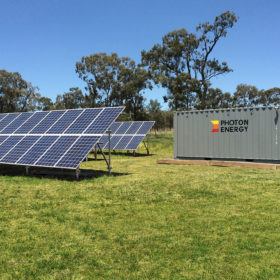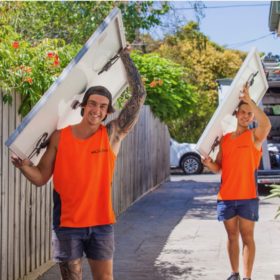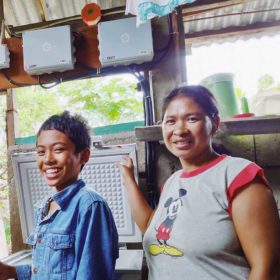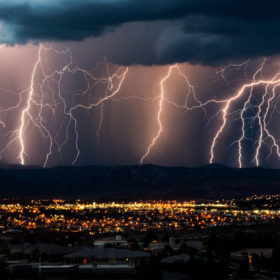A solar giant invests in Australian DER know-how
As utilities, networks and governments get their distributed-resource ducks in a row, the time is ripe for VPPs and microgrids to play a more powerful role in Australia’s energy system. The latest? SwitchDin, a DER innovator with globally acknowledged capabilities has attracted investment from Q Cells a PV manufacturer with chops and channels.
17 microgrid projects win government funding
The federal government has announced funding for a series of microgrid feasibility studies that will seek to unlock more secure, affordable, and reliable energy for regional and Indigenous communities.
Solar holds up relatively well in the face of Covid-19, CER finds
A new report from the Clean Energy Regulator (CER) shows that the renewable energy sector in Australia has exhibited resilience with 1.3 GW of new installed capacity despite the economic challenges of the Covid-19 pandemic. While rooftop PV continued to thrive in the first three months of this year, the construction of large-scale projects was generally on track with minimal delays.
Adani chief talks solar and hydrogen storage opportunity
Covid-19 crisis has provided system operators with insights on keeping the grid stable with high levels of renewable penetration. Post Covid-19, this may be the new norm, Gautam Adani said in a LinkedIn post recently.
Photon Energy is wasting no time, wins Wodonga small-scale solar tender
Photon Energy Australia has been busier than a face-mask factory lately, and shows no signs of stopping after winning a tender for a 3 MWp hybrid solar power plant from North East Water to help power the Wodonga Wastewater Treatment Plant.
CEC publishes first ever national study of renewable energy workforce
The continuing dominance of the small-scale solar sector and the great potential for regional and rural jobs are just some of the findings in the Clean Energy Council’s “Clean Energy At Work”, a first-of-its-kind extensive report into the current renewable energy workforce and its potential over the next 10-15 years.
Okra Solar’s new tech is a one-two punch against energy poverty
Okra Solar, the Aussie startup we last saw delivering solar mini-grids to remote communities via a shared ping-pong table, is emerging from Covid-19 lockdown with new investors and two new pieces of tech that will better enable solar energy access to the 900 million people around the world still lacking power.
Australia tops up solar funding to Tonga
An additional $2.9 million from the Australian Government’s Outer Islands Renewable Energy Project (OIREP) is making its way across the sea to the kingdom of Tonga in the form of solar power plants and energy storage. The project is helping Tonga to achieve its target of generating 50% of its electricity from renewable sources by 2020 and 70% by 2030.
Extreme weather and electricity reliability: Resilience is key
New research by digital services company, Accenture, finds global energy-utility executives feeling underprepared for the increasing frequency of extreme weather events caused by climate change. It’s time to expand the definition of reliability.
New rules pave the way for off-grid renewables to replace poles and wires
In a major reform of the energy rules, distribution businesses across Australia will be allowed to service remote areas with stand-alone power systems and avoid costly network upgrades.
